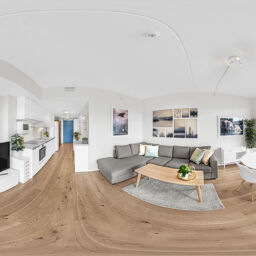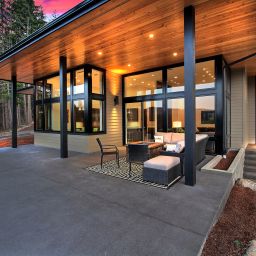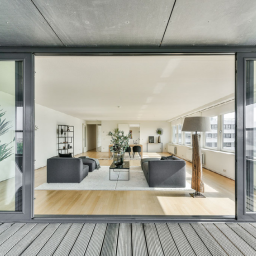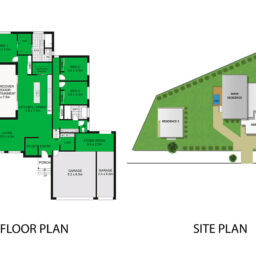
In the world of real estate photography, standing out is crucial. With so many properties competing for attention online, high-quality images can be the difference between a listing that catches the eye and one that gets passed over. One of the most exciting trends in photography today is adding motion to still images. Incorporating subtle movements, like cinemographs, creates dynamic, engaging visuals that draw viewers in and give a sense of life to otherwise static images. This innovative technique is particularly valuable in the real estate industry, where the goal is not only to showcase a property but to evoke an emotional response.
The Power of Motion in Real Estate Photography
While still images are powerful, adding motion can elevate them to a whole new level. Motion in still images, such as creating cinemographs, involves incorporating slight, repeating movements into a photograph. This could be a gently swaying curtain, a flickering light, or a flowing stream of water in a backyard. These subtle movements catch the viewer’s attention, making the image feel more vibrant and immersive. When used effectively in real estate photography, it can create a strong emotional connection, helping potential buyers visualize not just the space, but the lifestyle that comes with it.
Enhancing Properties with Real Estate Image Enhancement
When it comes to creating visually appealing property photos, Real estate image enhancement plays a significant role. By adjusting lighting, colors, and sharpness, real estate photographers can make properties look their best. Adding motion to these enhanced images through techniques like cinemographs can make a property feel even more inviting. Whether it’s a living room with a gently flickering fireplace or a pool with the slightest ripple in the water, these touches of motion can help bring a property to life, creating a memorable experience for potential buyers.
Virtual Staging: A New Dimension for Empty Spaces
Virtual staging is another powerful tool in the real estate photographer’s toolkit. With virtual staging, agents can digitally furnish a home, transforming empty rooms into warm, inviting spaces that potential buyers can envision themselves in. But by adding a touch of motion, such as the soft movement of a ceiling fan or a light breeze blowing through the curtains, these digital renditions can feel even more realistic. Motion brings an extra layer of authenticity and emotion, making it easier for buyers to picture themselves living in the space.
HDR Blending: Capturing Every Detail with Motion
HDR blending is a technique used to capture a wide range of light levels, from the brightest highlights to the darkest shadows, ensuring that every detail is visible. When combined with motion, this technique takes property photos to the next level. Imagine an HDR photo of a living room with a beautiful view, where the light streaming through the windows appears to shift subtly as if a cloud has passed by. This combination of detailed photography and motion enhances the visual appeal of the space, providing a captivating and dynamic view that static images simply can’t match.
Item Removals: Polishing Photos for Maximum Impact
One challenge in real estate photography is dealing with distractions, such as clutter or unwanted items in a room. Item removals are a common technique to clean up images and make spaces appear more open and organized. However, when motion is added, it’s important to ensure that the movement complements the clean, polished look of the image. For example, adding the motion of a gently swaying plant or a flickering candle can enhance the ambiance of the room without detracting from its neat and tidy appearance.
Conclusion
Incorporating motion into still images is an exciting new frontier in real estate photography. Techniques like cinemographs not only add a dynamic element but also evoke a sense of life and warmth that static images can’t achieve. By combining real estate image enhancement, virtual staging, HDR blending, and item removals, photographers can create captivating visuals that leave a lasting impression on potential buyers. As the real estate market becomes increasingly digital, using innovative methods like these can give properties the edge they need to stand out and make a meaningful connection with their audience.







